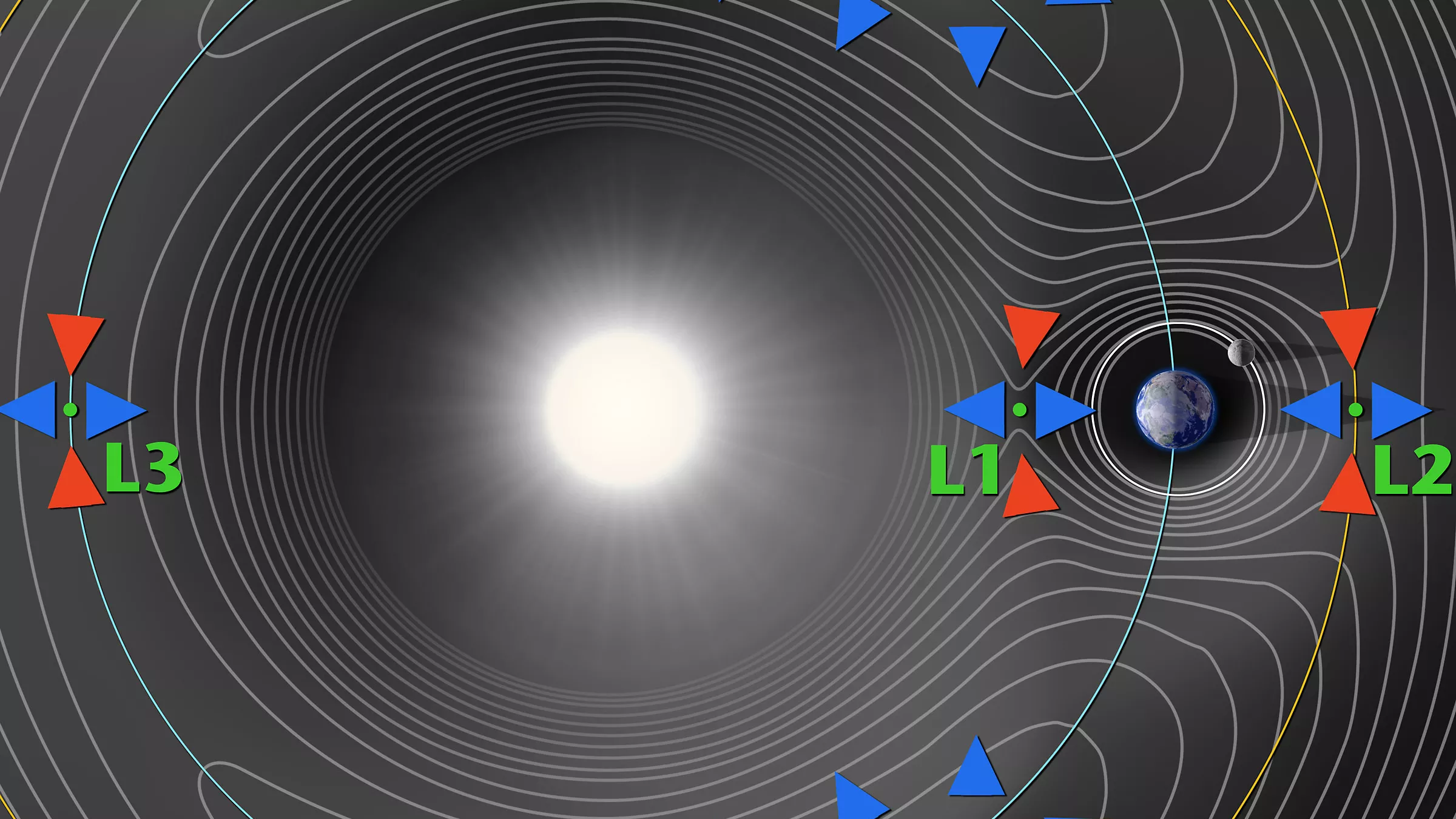On behalf of the National Oceanic and Atmospheric Administration (NOAA), NASA has awarded the Space Weather Follow On—Supra Thermal Ion Sensor contract to the Regents of the University of California, Berkeley.

This is a cost no-fee contract with a total value of $7,523,169. The period of performance is from the date of award through June 30, 2026. The work will be performed at University of California, Berkeley.
The principal purpose of this requirement within the Space Weather Follow On (SWFO) Project is to design, analyze, develop, fabricate, integrate, test, calibrate, evaluate and support launch and on-orbit check-out of the Supra Thermal Ion Sensor (STIS) instrument as part of the SWFO-L1 Observatory. SWFO-L1 will provide NOAA with the continuity of solar wind data and coronal mass ejection imagery, the highest priority for space weather observations of NOAA's Space Weather Prediction Center.
The SWFO-L1 satellite, which is planned to launch in 2024 as a rideshare with the NASA Interstellar Mapping and Acceleration Probe, will collect upstream solar wind data and coronal imagery to support NOAA’s mission to monitor and forecast space weather events.
NOAA is responsible for the Space Weather Follow-On program. NASA is the program's flight system procurement agent, and NASA’s Goddard Space Flight Center in Greenbelt, Maryland, is the lead for this acquisition.
For information about NASA and agency programs, visit: https://www.nasa.gov.